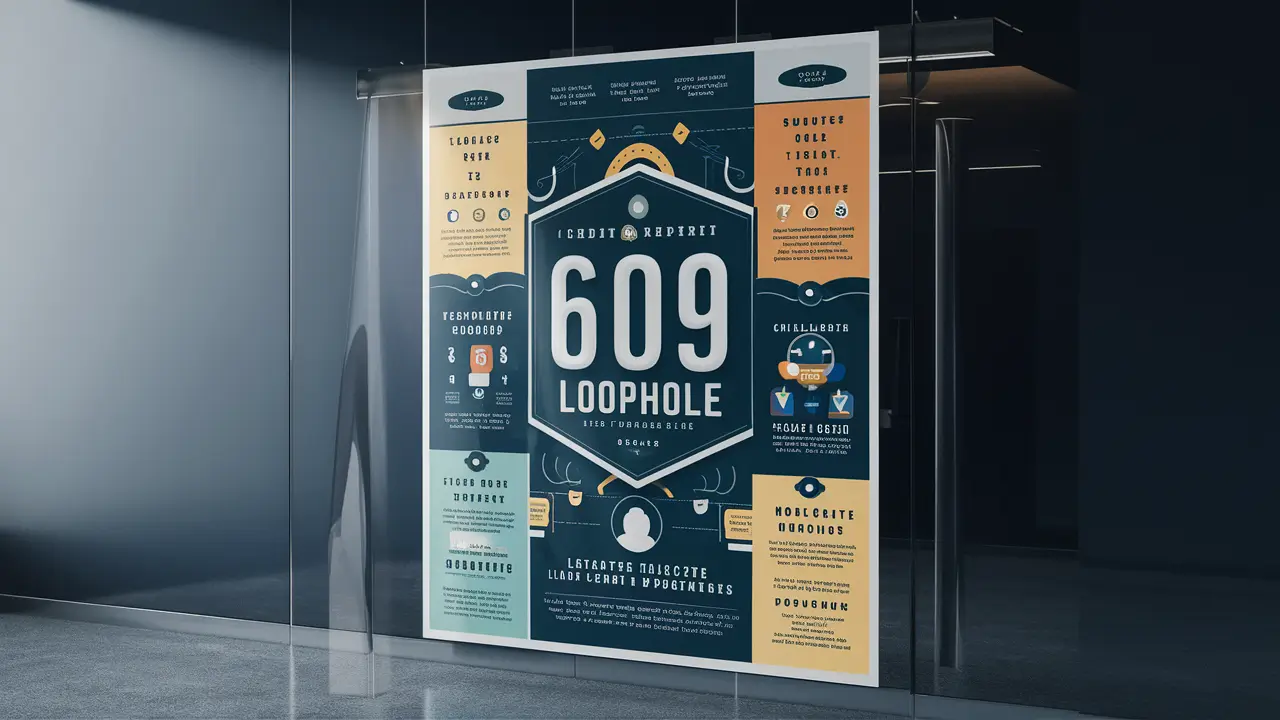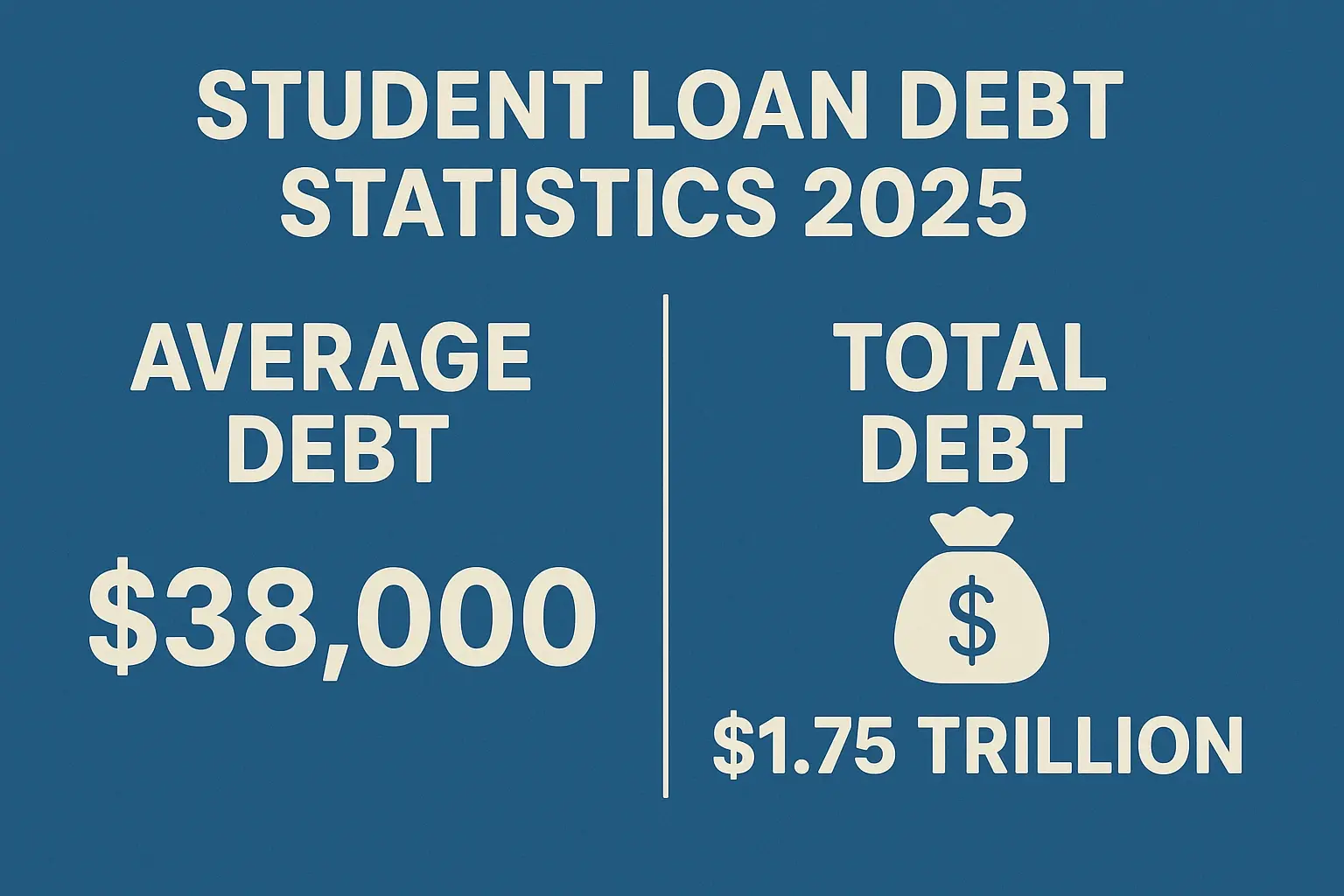-
Posted on: 24 Jul 2024

-
In the world of credit repair, you'll often hear whispers of a "609 loophole," a seemingly magical way to erase negative items from your credit report. But what exactly is it? Is it a legitimate strategy, or just another scam promising unrealistic results? This comprehensive guide will dissect the 609 loophole, explain its origins, explore its potential benefits and drawbacks, and provide you with the information you need to make informed decisions about your credit repair journey.
Understanding the Foundation: The Fair Credit Reporting Act (FCRA)
Before diving into the specifics of the 609 loophole, it's crucial to understand its foundation: the Fair Credit Reporting Act (FCRA). Enacted in 1970, the FCRA is a federal law that regulates the collection, accuracy, and use of consumer credit information. It grants consumers several important rights, including:
- The right to access your credit report: You are entitled to a free copy of your credit report from each of the three major credit bureaus (Equifax, Experian, and TransUnion) once per year. You can access this at annualcreditreport.com.
- The right to dispute inaccurate or incomplete information: If you find errors or inconsistencies on your credit report, you have the right to dispute them with the credit bureaus and the data furnishers (the companies that provide information to the bureaus).
- The right to require credit bureaus to investigate disputes: Credit bureaus are legally obligated to investigate disputes within a reasonable timeframe (typically 30 days).
- The right to have inaccurate information corrected or deleted: If the investigation confirms that the information is inaccurate or cannot be verified, the credit bureau must correct or delete it from your report.
The FCRA is the bedrock of credit repair. It provides consumers with the legal tools to challenge inaccuracies and ensure the information on their credit reports is fair and accurate.
Decoding the "609 Loophole": Leveraging Section 609 of the FCRA
The term "609 loophole" refers to Section 609 of the FCRA. Specifically, Section 609(a)(1)(A) states that when a consumer disputes information on their credit report, the credit bureau must provide them with "all of the information in the agency's file on the consumer at the time of the request." This seemingly simple clause is the core of the "609 loophole" strategy.
Proponents of the 609 loophole argue that by sending a letter referencing Section 609 and requesting validation of debts and accounts listed on your credit report, you can force the credit bureaus and data furnishers to provide proof that the information is accurate and verifiable. If they cannot provide sufficient documentation, the negative item must be removed from your report.
The idea behind this strategy is that many creditors and debt collectors lack the resources or documentation to fully validate every debt they report. They might not have the original loan agreement, payment history, or other supporting documents. Therefore, by demanding validation under Section 609, you might be able to successfully challenge negative items and improve your credit score.
The Process of Using a "609 Letter"
Here's a typical process involved in using a "609 letter":
- Obtain your credit report: Get a copy of your credit report from all three major credit bureaus (Equifax, Experian, and TransUnion).
- Identify inaccurate or questionable items: Carefully review your credit reports and identify any inaccurate, incomplete, or outdated information. This could include late payments, charge-offs, collections accounts, or incorrect personal information.
- Draft a "609 letter": This letter should reference Section 609 of the FCRA and request validation of the specific items you are disputing. It should include your name, address, date of birth, social security number, and a clear description of the disputed items. You can find templates for 609 letters online, but it's important to personalize them to your specific situation.
- Send the letters to the credit bureaus: Send separate letters to each of the three major credit bureaus via certified mail with return receipt requested. This provides proof that the bureaus received your dispute.
- Wait for a response: The credit bureaus have 30 days to investigate your dispute and provide a response. They will typically contact the data furnisher (the creditor or debt collector) to verify the information.
- Review the response: Carefully review the credit bureau's response. If the bureau confirms that the information is accurate, you may still have options, such as providing additional documentation to support your dispute or contacting the data furnisher directly. If the bureau cannot verify the information, it must be removed from your credit report.
Is the 609 Loophole a Scam? Separating Fact from Fiction
The term "loophole" often implies a legal trick or shortcut that circumvents the intended purpose of a law. In the case of the "609 loophole," this implication can be misleading. It's not a secret trick or a way to magically erase legitimate debts. Instead, it's a legitimate use of the rights granted to consumers under the FCRA.
However, the way some companies market the "609 loophole" can be problematic. Some credit repair companies make overly optimistic promises, suggesting that they can erase all negative items from your credit report simply by sending a 609 letter. This is often a misrepresentation of the reality.
Here's what you need to understand:
- The 609 loophole only works if the information is inaccurate or unverifiable: If the information on your credit report is accurate and the creditor can provide sufficient documentation, the item will not be removed.
- It's not a guaranteed fix: There's no guarantee that a 609 letter will result in the removal of negative items from your credit report. The outcome depends on the accuracy of the information, the creditor's ability to verify it, and the credit bureau's investigation process.
- You can do it yourself: You don't need to pay a credit repair company to send 609 letters on your behalf. You have the right to dispute errors on your credit report yourself, free of charge.
Therefore, the "609 loophole" is not a scam in itself, but it can be misrepresented by unscrupulous credit repair companies. Be wary of companies that make unrealistic promises or charge excessive fees for services you can easily perform yourself.
Potential Benefits and Risks
Benefits:
- Potential removal of inaccurate or unverifiable negative items: If you successfully challenge inaccurate or unverifiable information, it can be removed from your credit report, leading to a higher credit score.
- Improved credit score: A higher credit score can make it easier to qualify for loans, credit cards, and other financial products at more favorable interest rates.
- Greater control over your credit: The process of disputing errors on your credit report can help you gain a better understanding of your credit and how it works.
Risks:
- No guarantee of success: As mentioned earlier, there's no guarantee that a 609 letter will result in the removal of negative items from your credit report.
- Time and effort: The process of disputing errors and following up with credit bureaus can be time-consuming and require patience.
- Potentially triggering debt validation: In some cases, sending a 609 letter might prompt the creditor to initiate debt validation, which could involve providing additional documentation and potentially pursuing legal action to collect the debt.
- Dealing with unscrupulous credit repair companies: As discussed earlier, be cautious of companies that make unrealistic promises or charge excessive fees.
Alternatives to the 609 Loophole
While the 609 loophole can be a useful tool, it's not the only way to improve your credit. Here are some alternative strategies:
- Debt validation: If you're unsure about the validity of a debt, you can send a debt validation letter to the debt collector. This forces them to provide proof that they have the legal right to collect the debt.
- Debt settlement: If you're struggling to repay your debts, you might be able to negotiate a settlement with your creditors, where you agree to pay a reduced amount in exchange for them forgiving the remaining balance.
- Credit counseling: A credit counselor can help you develop a budget, manage your debts, and improve your financial habits.
- Secured credit cards: A secured credit card requires you to put down a security deposit, which serves as your credit limit. Using a secured credit card responsibly can help you build or rebuild your credit.
- Timely payments: The single most important factor in your credit score is your payment history. Make sure to pay all of your bills on time, every time.
Conclusion: Making Informed Decisions About Credit Repair
The "609 loophole" is not a magic bullet for credit repair. It's a legitimate, but limited, tool based on your rights under the Fair Credit Reporting Act. It can be effective in challenging inaccurate or unverifiable information on your credit report, but it's not a guaranteed fix. Before pursuing this strategy, it's essential to understand the FCRA, the potential benefits and risks, and the alternatives available. Be wary of credit repair companies that make unrealistic promises and remember that you have the right to dispute errors on your credit report yourself, free of charge.
Improving your credit score takes time, effort, and responsible financial habits. While the "609 loophole" might play a role in your credit repair journey, it's just one piece of the puzzle. Focus on building a strong credit foundation by paying your bills on time, keeping your credit utilization low, and avoiding unnecessary debt.




